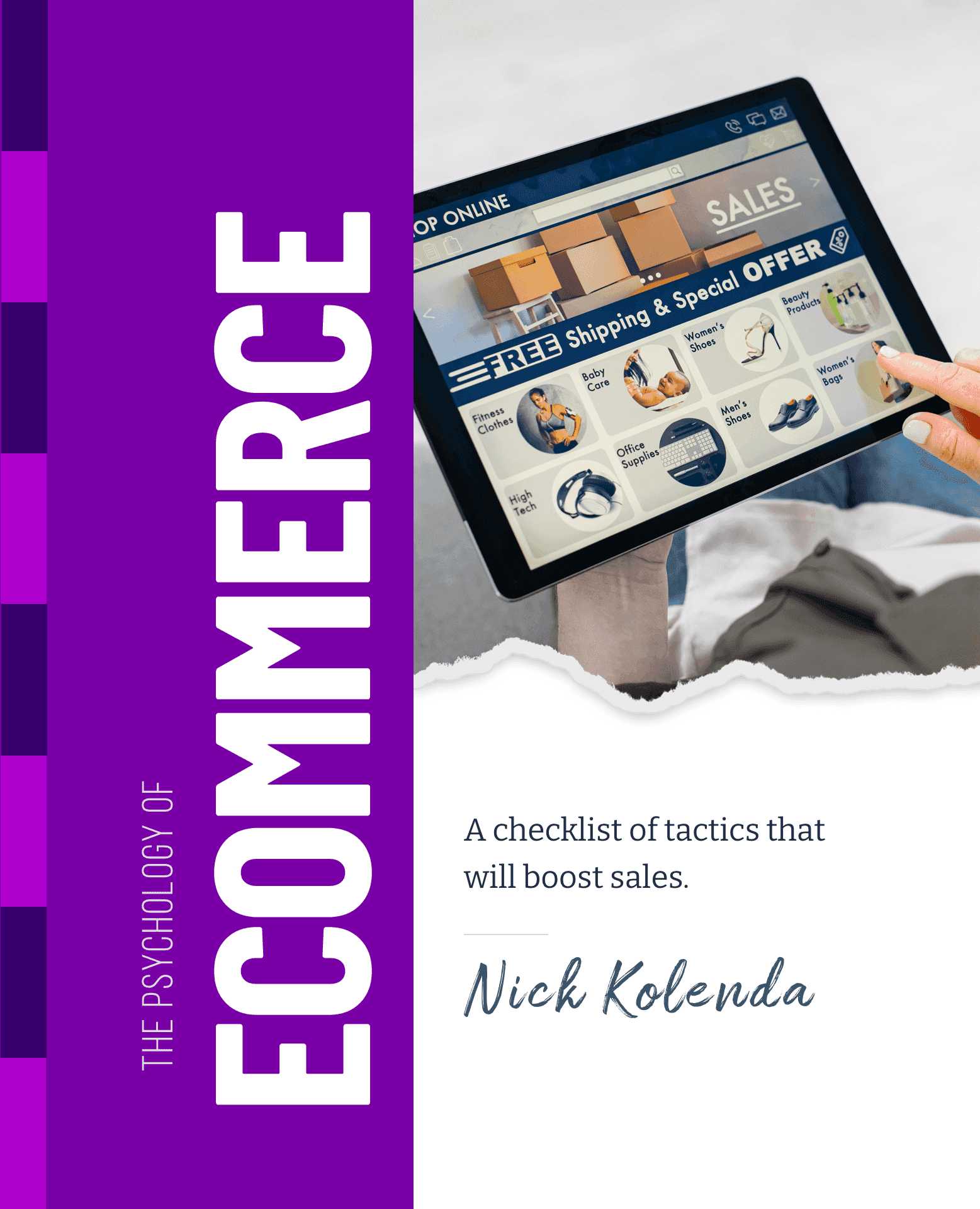
Show Imperfect Reviews
Reviews
Show Imperfect Reviews
Perfect ratings are overrated. Literally.
Customers prefer ratings between 4 to 4.5 stars.
And they want to see drawbacks (Maslowska et al., 2017; Doh & Hwang, 2009)
...providing consumers with positive information followed by a minor piece of negative information appears to enhance their overall evaluations of a target (Ein-Gar et al., 2012, p. 855.)
Why They Work
- More Credible. Too much praise can seem fake (Jensen et al., 2013; Maslowska et al., 2017).
- More Comparable. 0g of fat can seem larger than 1g of fat because it's hard to evaluate 0 — any number is infinitely larger (Palmeira, 2011). Same with perfect 5-star ratings: You prefer 4.9 because this slight imperfection creates a ratio in which any negativity is dwarfed by positivity.
How to Apply
- Don't Hide Negative Reviews. Amazon shows the most helpful critique up front.

Stronger For
- Irrelevant Drawbacks. A camera seemed better with a 1-star review that complained about a slightly different shade of blue that was shown in the picture, an attribute that seemed unimportant to most customers (Shoham et al., 2017).
- Doh, S. J., & Hwang, J. S. (2009). How consumers evaluate eWOM (electronic word-of- mouth) messages. Cyberpsychology & behavior, 12(2), 193-197.
- Ein-Gar, D., Shiv, B., & Tormala, Z. L. (2012). When blemishing leads to blossoming: The positive effect of negative information. Journal of Consumer Research, 38(5), 846-859.
- Jensen, M. L., Averbeck, J. M., Zhang, Z., & Wright, K. B. (2013). Credibility of anonymous online product reviews: A language expectancy perspective. Journal of Management Information Systems, 30(1), 293-324.
- Maslowska, E., Malthouse, E. C., & Bernritter, S. F. (2017). Too good to be true: the role of online reviews’ features in probability to buy. International Journal of Advertising, 36(1), 142-163.
- Palmeira, M. M. (2011). The zero-comparison effect. Journal of Consumer Research, 38(1), 16-26.
- Shoham, M., Moldovan, S., & Steinhart, Y. (2017). Positively useless: Irrelevant negative information enhances positive impressions. Journal of consumer psychology, 27(2), 147-159.

Want more tactics?
Get all my free ecommerce tactics